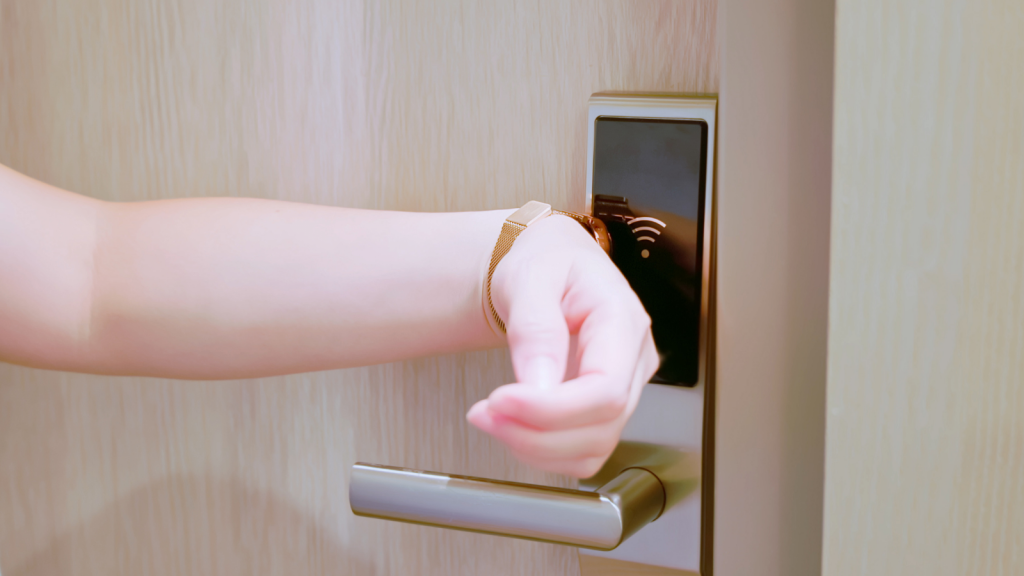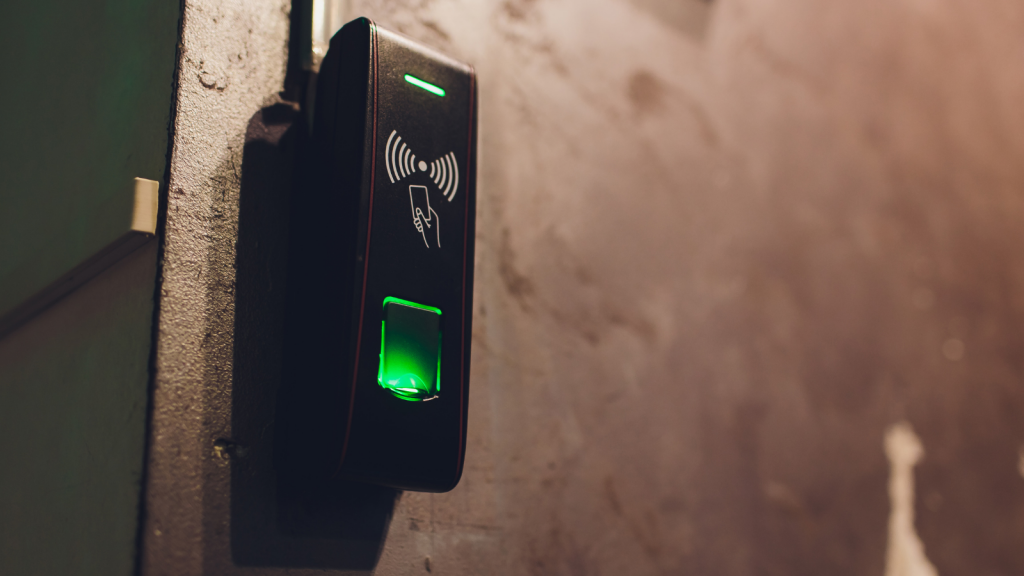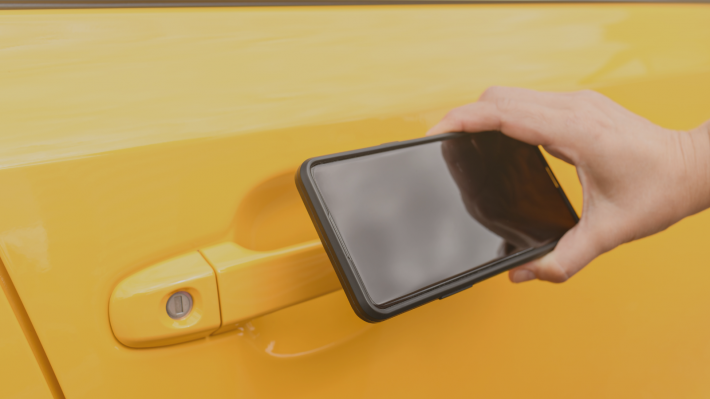The demand for smarter solutions for almost every aspect of our lives shows no signs of easing up. From smartwatches to automatic vacuum cleaners, more devices than ever need power to function. This means that more devices need charging cables, adaptors and plug sockets, says Mike McCamon, executive director at NFC Forum.
Or do they?
Wireless power technology can provide intuitive and seamless charging and even allow devices to share charge thanks to power harvesting. Product managers, however, have a decision to make when considering which wireless power solution to adopt. While there have been various fragmented efforts made to advance wireless charging, only two mainstream industry standards have emerged: the Wireless Power Consortium’s Qi standard and NFC Forum Wireless Charging Specification.
While both NFC and Qi offer wireless charging capabilities, they serve distinct purposes and find applications in different use cases. In this blog post, we’ll delve into the features, functions, and applications of NFC and Qi, providing product managers with a comprehensive comparison of these wireless technologies.
What charging experience does the product need?
The primary concern for product designers is making sure the solution they use meets the power needs of the device. Their solution must provide the required amount of power and at the right range of charge needed by the device it is implemented in.
- NFC Wireless Charging currently offers induction charging up to 1W over a distance of 2cm (with developments underway to advance both the watts and range). This makes the standard particularly well-suited for small personal and wearable devices such as wireless earbuds, smartwatches, digital styluses, headsets, and fitness trackers.
- Qi enables the delivery of up to 15W over a distance of 4cm. This means that it can provide rapid charging to many mid-sized devices such as smartphones and tablets.
How small is your product?
The size of the transmitter and receiver to connect the two devices wirelessly is important as it could influence the design aesthetics. If the size of the product is a key focus, product managers must ensure that their wireless charging component fits in their design.
- NFC is the smallest option at 14mm diameter. From thin smartcards to sleek and stylish wearables, NFC allows product designers to incorporate wireless functionality unencumbered by bulky hardware.
- Qi is recommended at 30mm diameter. Furthermore, as Qi transmitters and receivers are coil shaped, designers must account for a design across the X, Y and Z axis unlike NFC antenna which can be made flat.
How is the user experience?

To achieve widespread adoption, any technology must be both convenient and trusted. This is especially true for the wireless power ecosystem; the convenience of charging a device without cables is lost if the connection is not dependable and the device is not charged properly. Both Qi and NFC standards have proven to be dependable wireless power solutions.
- NFC operates at 13.56 MHz (13,560 kHz). The high frequency means that the orientation of a device relative to the one with which it is interacting is far less important. This can provide significant improvements to ergonomics and interaction speed.
- Qi operates at 0.1-0.2 MHz (100-200 kHz) with a low AC resistance which therefore allows it to transfer power very efficiently and charge a device at speed. However, operating at this lower frequency means the coupling between the two interacting devices must be exact and the placement of each device precise.
Does NFC support more use cases beyond wireless charging?
NFC technology is unique compared to all other wireless charging efforts Qi included as it hasn’t been designed solely for charging. The NFC antenna has the potential to be used for transferring data, making payments, delivering wireless charging AND enabling power harvesting.
If product designers choose to unify all these functionalities into one NFC chip, they have the potential to simplify design, streamline development and reduce costs while accelerating time-to-market. Furthermore, product designer familiarity with NFC-based solutions and standards mean that extending functionality to offer this additional capability is a seamless progression.
How will the standard that I choose evolve?

During the product design process, determining which approach to wireless charging is appropriate for your use case is a critical step. It’s equally important, however, to ensure that the standard you use is both trusted and open.
Unlike other proprietary options, both the NFC Wireless Charging Standard and Qi are open standards that promote greater interoperability between different technologies and platforms, making it easier for devices and systems to work together seamlessly, now and in the future. This is important for designers and consumers alike.
But open standards do something more. They help create a more collaborative and innovative technological ecosystem. They promote greater transparency, interoperability, and flexibility which ultimately leads to the development of innovative new solutions that are more accessible, efficient, and beneficial for everyone.
Interested in learning more?
Join the debate and influence the evolution of the NFC Forum Wireless Power Standard; become a member.
NFC vs Qi Technology Comparison
| Feature | NFC (Near Field Communication) | Qi (Wireless Charging) |
|---|---|---|
| Primary Use | Data transfer | Wireless charging |
| Operating Frequency | 13.56 MHz | 100-205 kHz |
| Range | Up to 10 cm | Typically up to 4 cm |
| Data Transfer Rate | Up to 424 Kbit/s | Not applicable (focused on power transfer) |
| Common Applications | Contactless payments, data sharing, device pairing | Charging smartphones, tablets, and other Qi-compatible devices |
| Security | Can employ encryption for secure data transfer | Focuses on safe power transfer with foreign object detection |
Comment on this article below or via X: @IoTNow











